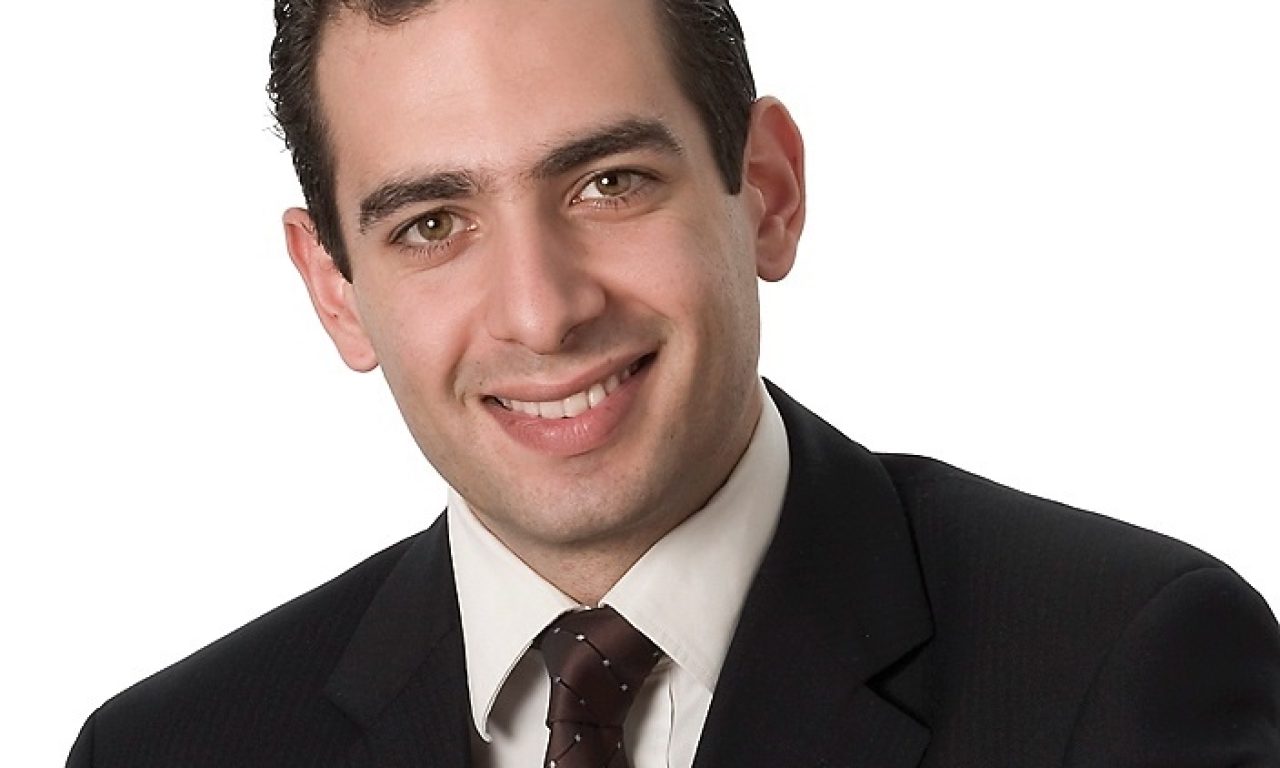One way to ensure good returns from an equity portfolio is to buy shares in businesses that have shown the ability to generate returns at or above their cost of capital over long periods of time.
That is what Lazard Asset Management set out to do when it launched the Lazard Global Equity Franchise Fund in 2013. The term “franchise” in this case refers to companies that have achieved consistent earnings growth because of a strong and sustainable competitive advantage.
Warryn Robertson, one of four portfolio managers looking after the Franchise Fund, says franchises take a number of forms: natural monopolies; sustainable cost leadership; network effects; strong brands and intellectual property; and high switching costs.
Companies with natural monopolies often come out of infrastructure projects, such as toll roads and airports.
Businesses with sustainable cost leadership are usually very large and have economies of scale that competitors cannot match. The world’s largest supermarket chain, Wal-Mart is an example.
Network effects occur where a business develops a network that increases activity in a market. Good examples are the payment companies MasterCard and Visa; by making credit and debit cards widely available and accepted by most merchants, they increase consumer activity. MasterCard is in Lazard’s portfolio.
Companies with strong brands and intellectual property include high-end consumer goods makers. They also include companies like Procter & Gamble, which has a portfolio of very strong household product brands.
Finally, the nature of some companies’ products or services can lead to high switching costs for their customers. Roberston says two-thirds of US corporations use a payroll system called ADP; switching to another provider would be a serious undertaking.
“What we are looking for is forecastability,” Robertson says. The investment strategy precludes holding banks, insurance companies, miners, pharmaceutical companies and tobacco companies.
Lazard’s analysis relies on a 20-year company history as a minimum. In a number of cases the companies in the portfolio have been in business for 50 years or more.
“We take a three to five-year view on a company. When our thesis comes to fruition we recycle capital. We have 26 stocks in the portfolio and turnover is 30 per cent to 40 per cent a year.”
Robertson says a holding of 26 stocks is close to the minimum number of holdings for the mandate. “Markets are expensive. Investors are betting on high earnings growth. We are value guys and it is hard for us to find stocks now.
“This is not the time to investing in ETF to buy the index. An index is a backward looking momentum indicator. Investors have to manage their costs but it is the after-cost return that matters.”
Since inception in 2013, the fund has produced an average return (net of fees) of 20.3 per cent a year, compared with an average return of 15.05 per cent for the MSCI World Index over the same period.
Over the past three years the fund’s average return (net of fees) has been 19.2 per cent a year, compared with an average return of 13.9 per cent for the index.
Top stocks include the US satellite company SES, accounting firm H&R Block, toll road operator Atlantia, Oracle and MasterCard.

